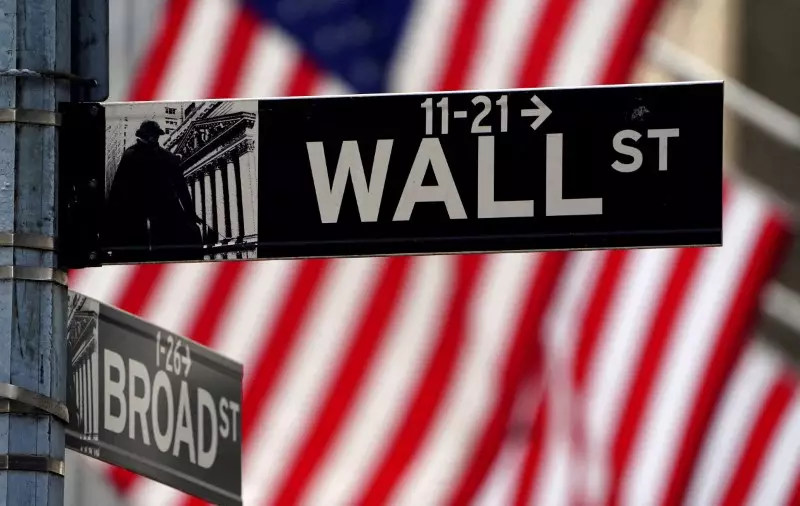The financial landscape in the United States has undergone a significant transformation following Donald Trump’s election victory, prompting a notable surge in equity markets. Investors are now scrutinizing various economic indicators to determine the sustainability of this bullish momentum, which has been bolstered by expectations surrounding policy shifts and regulatory changes. A crucial element in this analysis is the trajectory of inflation, as it plays a vital role in shaping Federal Reserve policy and, consequently, market behavior.
Assessing the Impact of Trump’s Policies on Inflation
The stock market’s ascent to record-breaking levels, particularly the S&P 500 surpassing the 6,000 mark, can be attributed in part to optimism regarding forthcoming tax cuts and a reduction in regulatory burdens under the Trump administration. However, this enthusiasm has not been unqualified; investors remain wary of the potential inflationary pressures that might arise from Trump’s economic strategies, including proposed increases in tariffs. This duality creates a complex environment where equity investors must balance growth forecasts with the risk of rising consumer prices.
Art Hogan, a market strategist, emphasizes the importance of the forthcoming consumer price index (CPI) data in confirming or dispelling fears of rising inflation. Should the November report indicate a continued trend of increasing inflation, it could contradict the optimistic outlook that propelled the markets post-election. Historically, elevated inflation can lead to tighter monetary policy, and the Federal Reserve’s capacity to maintain interest rate cuts now hangs in the balance of these upcoming economic indicators.
In the wake of Trump’s presidency, the Federal Reserve’s monetary policy has been subject to intense scrutiny and speculation. As the central bank successfully delivered its expected rate cut, the broader market sentiment saw a temporary boost. However, the challenge lies in determining how far the Federal Reserve can go with cuts without stoking inflation. Experts suggest that even though CPI is projected to rise slightly to an annual rate of 2.6% in October, it remains significantly lower than the peaks witnessed in 2022. The question persists: Can the Fed navigate a path that safeguards economic growth while curbing inflation risks?
The Fed’s forward guidance indicates expectations for a gradual decline of rates, with some estimates positioning the federal funds rate around 3.7% by the end of 2025. This projection marks a shift driven by the positive corporate earnings reports and the excitement surrounding advancements in technology, particularly artificial intelligence. However, the prospect of even modest inflation could prompt the Fed to reassess its rate-cutting timetable, creating uncertainty for investors who are gauging the future direction of markets.
As the new political landscape unfolds, specific market segments have shown pronounced reactions. Following the election results, small-cap stocks have outperformed expectations significantly, evidenced by an 8% increase in the Russell 2000 index. This growth reflects investor sentiment that smaller, domestically-focused companies stand to gain from the anticipated tariff hikes and regulatory rollbacks. In contrast, sectoral shifts have also benefited financial institutions, with an approximately 7% rise in banking stocks as they are poised to thrive in a less-regulated environment.
Moreover, as Trump outlines his policy priorities and makes key appointments, market responses will likely continue to evolve. Analysts caution that while initial reactions have been enthusiastic, the sustainability of these gains will depend heavily on the practical implementation of proposed policies and their alignment with market expectations.
As investors chart their course amidst the prevailing economic conditions post-Trump’s election victory, the focus clearly gravitates towards inflation trends and the Federal Reserve’s policy responses. The interplay between those factors will be pivotal in determining whether the current stock market rally can be sustained. As momentum builds, prudent investors must stay attuned to evolving economic indicators and government policies, ready to adapt their strategies in response to the shifting economic narrative ahead.

